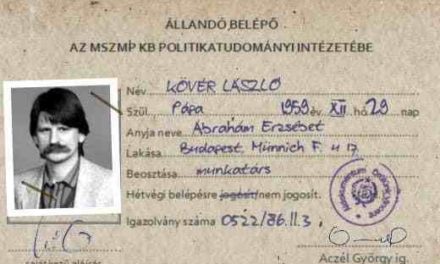One of the most famous conquerors in world history, the grand duke of the short-lived Hun Empire, Attila, there are mostly only guesses and fairy-tale legends about his death and burial place. The Holy Grail of domestic and universal archaeology, the discovery of Attila's burial place, could undoubtedly rival the discovery of Troy or Tutankhamun's burial chamber. What is currently highly probable from the extremely poor sources is that the princely residence and burial place of the dreaded conqueror of late antiquity may be hidden somewhere in the territory of today's Hungary.
Ever since Jordanes, a 6th-century Italian historian of Gothic origin, wrote a story that is not without fabulous elements, the assumption that the Hun grand duke was buried in a triple metal coffin and in one of the drained backwaters of a river - the Tisza - has stuck stubbornly in historical memory, together with his most murdered servants. Following Géza Gárdonyi's novel The Invisible Man, this assumption became common in the Hungarian historical public consciousness, even though it has no scientific basis.
That is why Attila could settle in the Great Plain or between the Danube and Tisza.
Attila, or otherwise Etzel, Etele, i. s. He was born around 410 as the son of the Hun prince Mundzuk (Bendegüz). According to the peace treaty concluded with the Western Roman Empire in 418, the princely line came to the court of Emperor Honorius in Ravenna as a hostage to ensure the observance of the peace. (His later opponent, the famous general Flavius Aetius, the "last Roman", became a hostage of the Huns in return.)
At the court of the young Attila Honorius, he received an education suitable for noble youths, thus he acquired a Roman education.
He thoroughly got to know the way of thinking of Roman diplomacy and court officials, but he also got to know Roman public administration and the art of war, which he greatly benefited from later on. The general image of him in the medieval chronicles, that he was an uncarved, primitive barbarian, is not true; on the contrary, he could have been a man with Latin education and excellent abilities.
The Hun tribes united in 432 under the principality of Ruga, and after the death of the grand prince in 434, his nephews Attila and Bléda (Buda) became the leaders of the Hun tribal confederation.
The entire Origo article can be read here.
Author: Tamás Elter
Image: Steam Community













